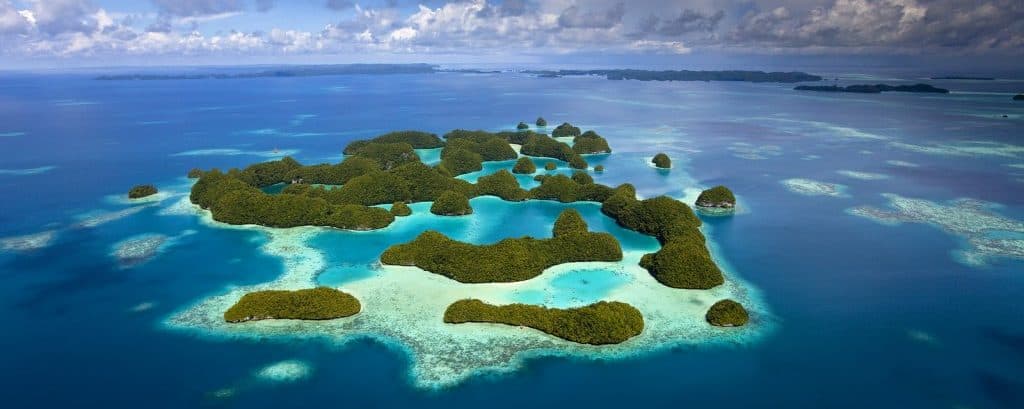The Palau government, led by the Ministry of Agriculture, Fisheries and Environment (MAFE), is proposing changes to the Palau National Marine Sanctuary (PNMS) that would significantly increase the area allowed for fishing.
The proposal, which will be submitted to the Olbiil Era Kelulau (OEK) this month, includes:
*Increasing the allowable fishing zone from 20 percent to 50 percent of Palau’s Exclusive Economic Zone (EEZ).
*Reducing the no-take conservation area from 80 percent to 50 percent of the EEZ.
*Designating Ngatpang as the new fishing port.
According to MAFE Minister Steven Victor, recent research by National Geographic (NatGeo) suggests that protecting 30% of the ocean is sufficient for biodiversity. He argues that opening up 50 percent of the EEZ to fishing can promote the development of a local fishery without impacting existing quotas for foreign fishing vessels.
“Within the 50 percent zone,” Minister Victor said, “we can have up to 30 vessels to meet our target of 45 metric tons of fish per month without affecting the Japanese fishing vessels who are assisting us with our domestic fisheries development.”
To minimise environmental impact, the proposal also includes:
*Extending the artisanal fishing zone from 12 miles to 50 miles from the shoreline. This would reserve near-shore areas for low-impact fishing practices.
*Limiting commercial fishing to the deep sea beyond the 50-mile artisanal zone. Here, Minister Victor suggests fishing would target pelagic species that live in the open water and not bottom-dwelling creatures. Additionally, he highlights that Palau’s existing bans on trawling and deep-sea mining help protect marine life on the seabed.
While Minister Victor claims the recommendations follow President Whipps’s policy of balancing conservation and economic development, some members of the Marine Spatial Planning Committee have expressed concerns. They report infrequent meetings and a lack of transparency regarding data analysis used to inform the proposal.
It’s important to note that the US$2.4 million grant funding for the Marine Spatial Planning project was provided by environmental NGOs specifically to postpone opening the PNMS to fishing while a comprehensive management plan is developed. Minister Victor clarifies this as a two-phase project, with the first phase focusing on areas beyond the 12-mile limit and the second phase addressing areas closer to shore.
